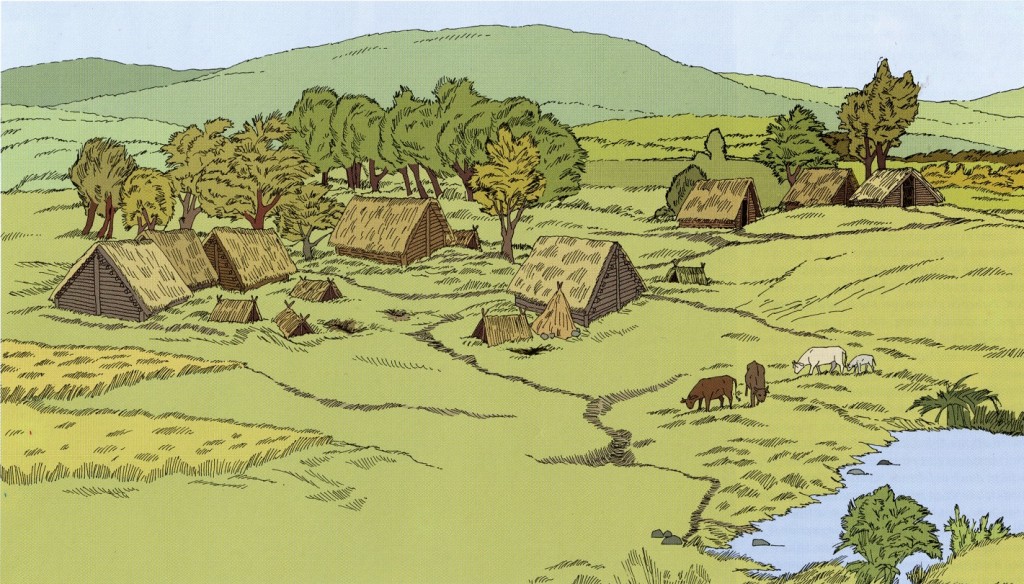Thuringians and Franks: End of the 4th Century AD – 7th Century

Wanderlust – Migrating Germanic Peoples and a New Kingdom
Light is shed upon the tribal society of the Thuringians, and the Kingdom of Thuringia that emerged from it in the 5th century, both by important archaeological finds and historical documents.
Weapons from Thuringian burials and the opulent golden jewellery found with the ‘Lady of Ossmannstedt’ bespeak contact with the Huns and the Ostrogoths. Thuringian crafts, jewellery, containers, and tools, along with the chariot burial of a noblewoman in Erfurt-Gispersleben, point to the independence and vibrancy of the Kingdom.
A Lamentation attributed to Radegund, niece of of the Thuringian King, provides important information about the downfall of the Kingdom of Thuringia in 531, an important chapter in the history of central Germany. A replica of her wooden lectern from the Abbey of the Holy Cross in Poitiers can be seen in the museum.
The increasing integration of regional élite classes into the East Frankish Empire is demonstrated by richly provisioned burials of individuals from the nobility throughout Thuringia in the 7th century. Under the influence of the Franks, Christian beliefs were spread and strengthened throughout Thuringia in the 7th century, a change reflected in symbolic elements of Thuringian attire.

